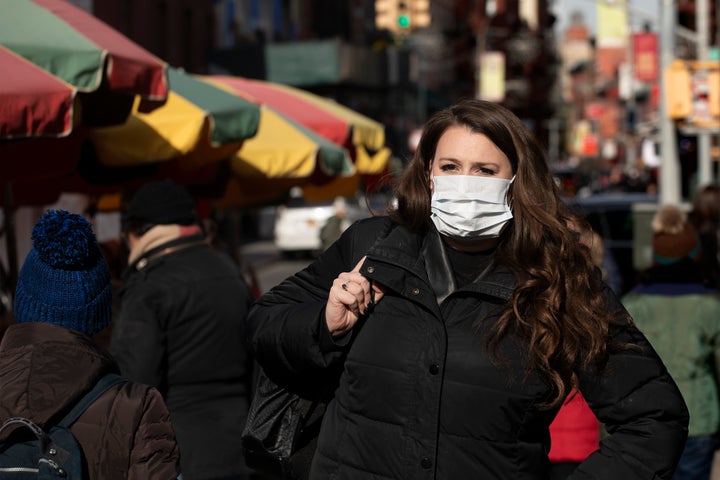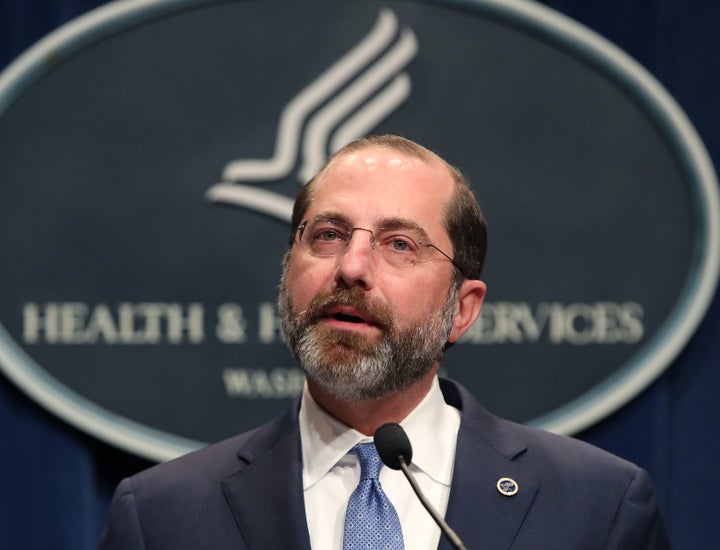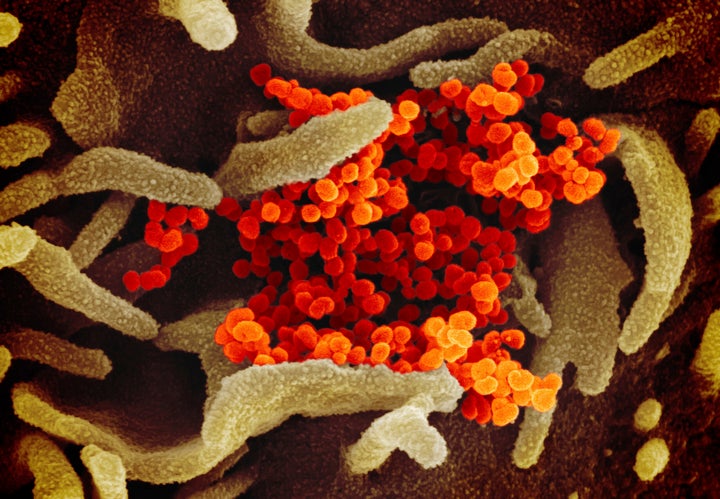The new coronavirus epidemic is likely to grow into a pandemic, with additional cases expected in the U.S. possibly within the coming days, federal health officials said this week.
Despite these growing concerns, health officials on Tuesday said it’s not yet clear what this could mean for the general public. What is known, however, is how the public and government health agencies can prepare.
“It’s not so much a question of if this will happen anymore, but rather more a question of when this will happen and how many people in this country will become infected,” Dr. Anne Schuchat, the Center for Disease Control and Prevention’s principal deputy director told reporters Tuesday of the disease’s spread in the U.S.
Fortunately, according to Schuchat, there’s “literally a playbook” on how to respond to such a health risk, at the federal and local levels.

These measures include aggressive containment efforts, vaccine development, maintaining travel restrictions, and the Food and Drug Administration surveying the medical supply chain for potential shortages.
Though there are no known current medical product shortages, FDA Commissioner Dr. Stephen Hahn said “the FDA is keenly aware that the outbreak will likely affect the medical product supply chain.”
Personal protection equipment like face masks are believed to be at risk of shortage in the future, he said.
For members of the general public, the joint message pushed, for now, is merely staying aware and informed.

“I think what’s really important for people (is) to stay informed, stay aware, and to learn about the circumstances,” said Schuchat.
“We want people to be ready in terms of if we do see community spread, what would that mean for you. Maybe something different in your community than another community, based on local circumstances, but we wanted people to look at what that road map might be,” she said.
Should there be widespread, person-to-person transmission of the virus, named COVID-19, in the U.S., the CDC’s website forecasts large numbers of people needing medical care at the same time, which could overwhelm health care providers and hospitals. Schools, child care centers, workplaces and other places for mass gatherings may also experience more absenteeism.

“Public health and health care systems may become overloaded, with elevated rates of hospitalizations and deaths. Other critical infrastructure, such as law enforcement, emergency medical services, and transportation industry may also be affected,” the CDC said.
Though there is no immediate threat of contracting the disease in the U.S. and all of the cases are contained, the Department of Homeland Security’s website offers a number of specific ways that people can prepare for a pandemic and what to do during one.
These proactive measures include:
- Stocking a two-week supply of water and food.
- Ensuring you have a continuous supply of regularly needed prescription drugs.
- Stocking up on nonprescription drugs and other health supplies. This includes pain relievers, cough and cold medicines and vitamins.
- Locating and storing copies of personal health records from doctors, hospitals, pharmacies and other sources for personal reference.
- Having a plan with family members and other loved ones on how they will receive care if they get sick or what will be needed to care for them in your home.
During a pandemic, health officials urge practicing good hygiene to limit the spread of germs and prevent infection. This can be done by:
- Avoiding close contact with people who are sick
- When sick, keep your distance from others to keep germs from spreading.
- Covering your mouth and nose with a tissue when coughing or sneezing.
- Avoiding touching your eyes, nose or mouth to prevent infection.
- Getting plenty of sleep, being physically active, managing your stress, drinking plenty of fluids and eating nutritious food.
Calling all HuffPost superfans!
Sign up for membership to become a founding member and help shape HuffPost’s next chapter
Credit: Source link